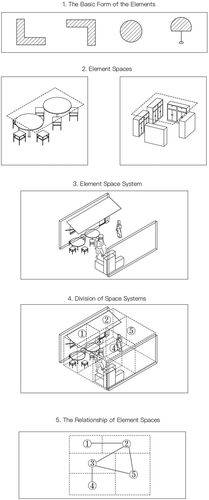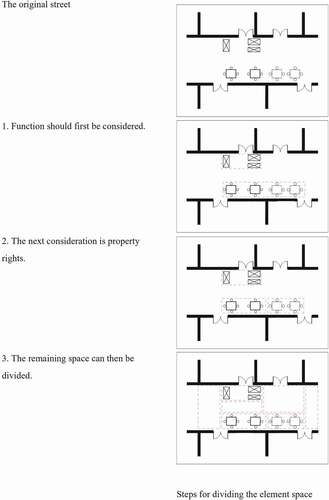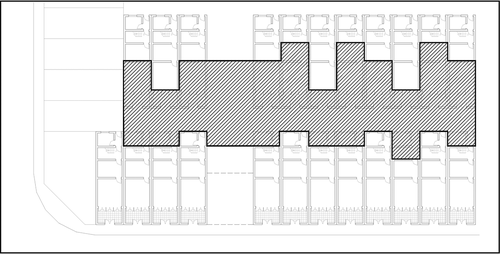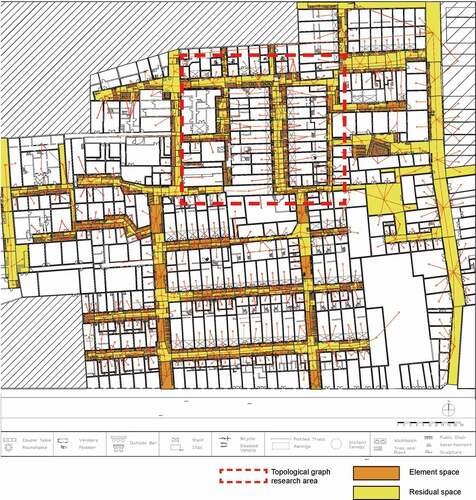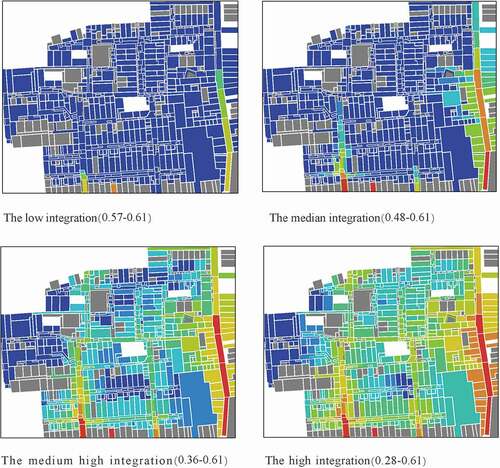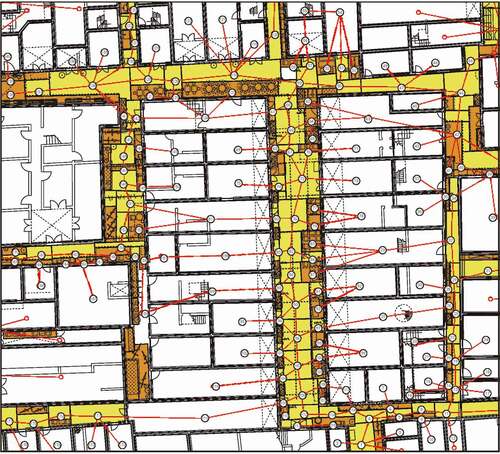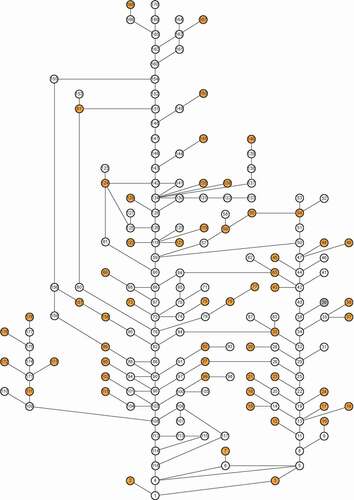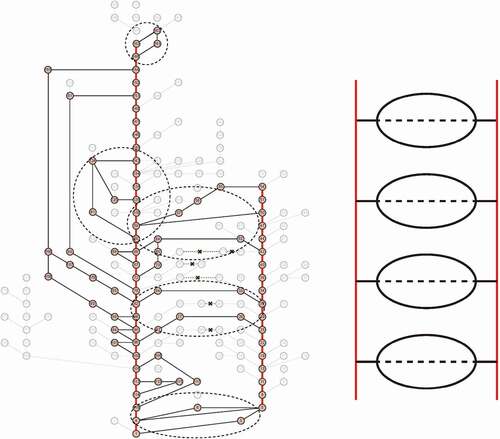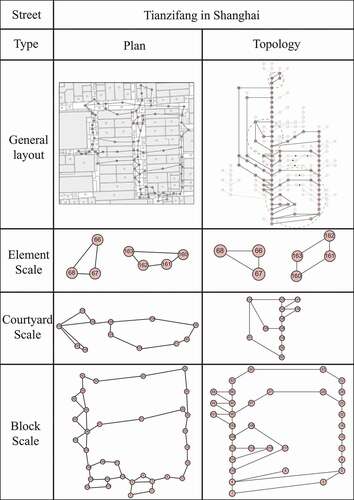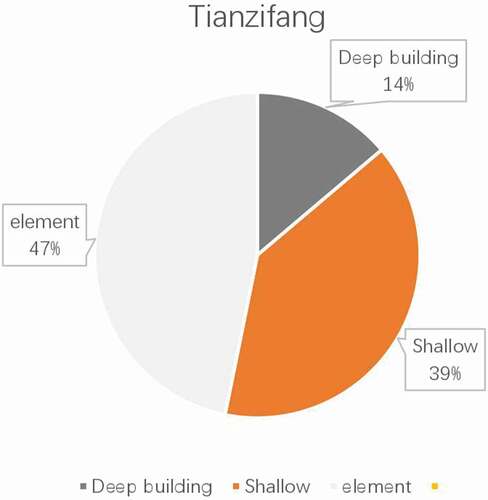Open access
2,814
Views
8
CrossRef citations to date
0
Altmetric
Architectural Planning and Design
Characteristics of space network system formed by the constituent elements in urban streets: Tianzifang in Shanghai as a case study
Kai Fanga Waseda Research Institute for Science and Engineering, Waseda University, Tokyo, JapanView further author information
, Xinpeng Wangb Department of Architecture, Waseda University, Tokyo, JapanView further author information
, Wenda Zhangc School of Architecture and Urban Planning, Beijing University of Civil Engineering and Architecture, Beijing, ChinaView further author information
, Zhehan Zhangb Department of Architecture, Waseda University, Tokyo, JapanView further author information
, Yunfei Xieb Department of Architecture, Waseda University, Tokyo, JapanView further author information
, Lin Chenb Department of Architecture, Waseda University, Tokyo, JapanView further author information
, Guoqing Zhud School of Urban Construction, Yangtze University, Jingzhou, Hubei, ChinaCorrespondence[email protected]
View further author information
& View further author information
Nobuaki Furuyab Department of Architecture, Waseda University, Tokyo, JapanView further author information
show all
Pages 627-639
|
Received 15 Mar 2020, Accepted 16 Jul 2020, Published online: 13 Sep 2020
Related research
People also read lists articles that other readers of this article have read.
Recommended articles lists articles that we recommend and is powered by our AI driven recommendation engine.
Cited by lists all citing articles based on Crossref citations.
Articles with the Crossref icon will open in a new tab.

